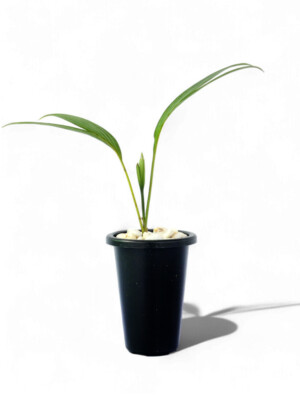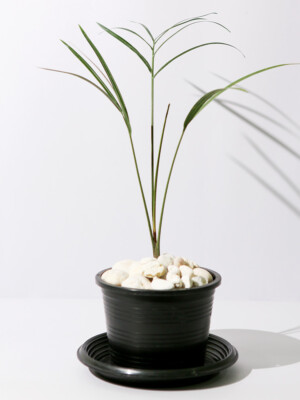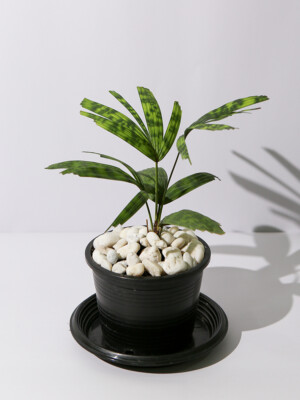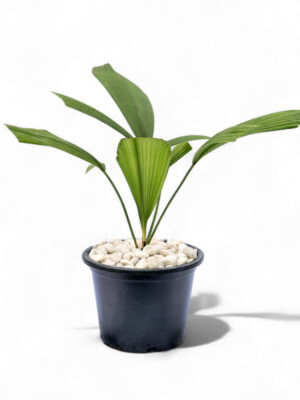กระถาง:
Ø10
ความสูง:
30/40 (M)
ความแข็งแกร่ง:
ไม่ทนทาน
การรดน้ำ:
ต่ำ
แสงแดด:
ต่ำ
กระถาง:
Ø10
ความสูง:
30/40 (M)
ความแข็งแกร่ง:
ไม่ทนทาน
การรดน้ำ:
ต่ำ
แสงแดด:
ต่ำ
฿1 082.53
แบ่งปัน:
ภาพรวมผลิตภัณฑ์:
วิธีดูแลของคุณ:
Pinanga auriculata
กระถาง:
มีให้เลือกหลายขนาดกระถาง Ø10ซม.
ความสูง:
เลือกระหว่าง 30/40 (M)ต้นสูงประมาณ ซม.
ความแข็งแกร่ง:
ไม่ทนทาน
การรดน้ำ:
ต่ำ
แสงแดด:
ต่ำ
กระถาง:
Ø10
ความสูง:
30/40 (M)
ความแข็งแกร่ง:
ไม่ทนทาน
การรดน้ำ:
ต่ำ
แสงแดด:
ต่ำ
Pinanga auriculata is a rare and unique species of palm belonging to the Arecaceae family. Native to tropical regions, particularly in Southeast Asia, this species thrives in humid, shaded environments, often found in lowland and montane forests. It is known for its striking ornamental appearance, making it a desirable addition to botanical gardens and collectors’ landscapes.
This palm is characterized by its slender, clustering growth habit, forming multiple stems that can reach moderate heights. The stems are smooth, ringed, and typically display a greenish hue with subtle variations. One of its most distinctive features is its elegant, pinnate leaves, which are lush and arching. The leaflets are narrow, elongated, and have a deep green color, creating a graceful, feathery appearance. Additionally, the species’ name, auriculata, refers to the presence of ear-like structures at the base of the leaflets, a trait that sets it apart from other members of the Pinanga genus.
The inflorescence of Pinanga auriculata emerges from the leaf axils, producing small, colorful flowers that attract pollinators. These flowers eventually develop into vibrant, rounded fruits that transition in color from green to bright red or orange upon maturation. The fruits are an important food source for local wildlife, particularly birds and small mammals, which aid in seed dispersal.
As a tropical understory palm, Pinanga auriculata prefers warm, humid conditions with well-draining, organic-rich soil. It thrives in partial to full shade and requires consistent moisture to maintain healthy growth. It can be cultivated as an ornamental plant in suitable climates or maintained as a potted specimen in greenhouses and indoor spaces with controlled humidity.
Despite its aesthetic appeal and ecological importance, Pinanga auriculata faces threats from habitat destruction and deforestation. Conservation efforts are essential to ensure the survival of this species in its native habitat. Botanical gardens and ex-situ conservation programs play a crucial role in preserving its genetic diversity.
With its delicate foliage, unique structural features, and ecological significance. Pinanga auriculata remains a fascinating and valuable species within the palm family. Admired by botanists, conservationists, and plant enthusiasts alike.
Related
ฟีดอินสตาแกรม










